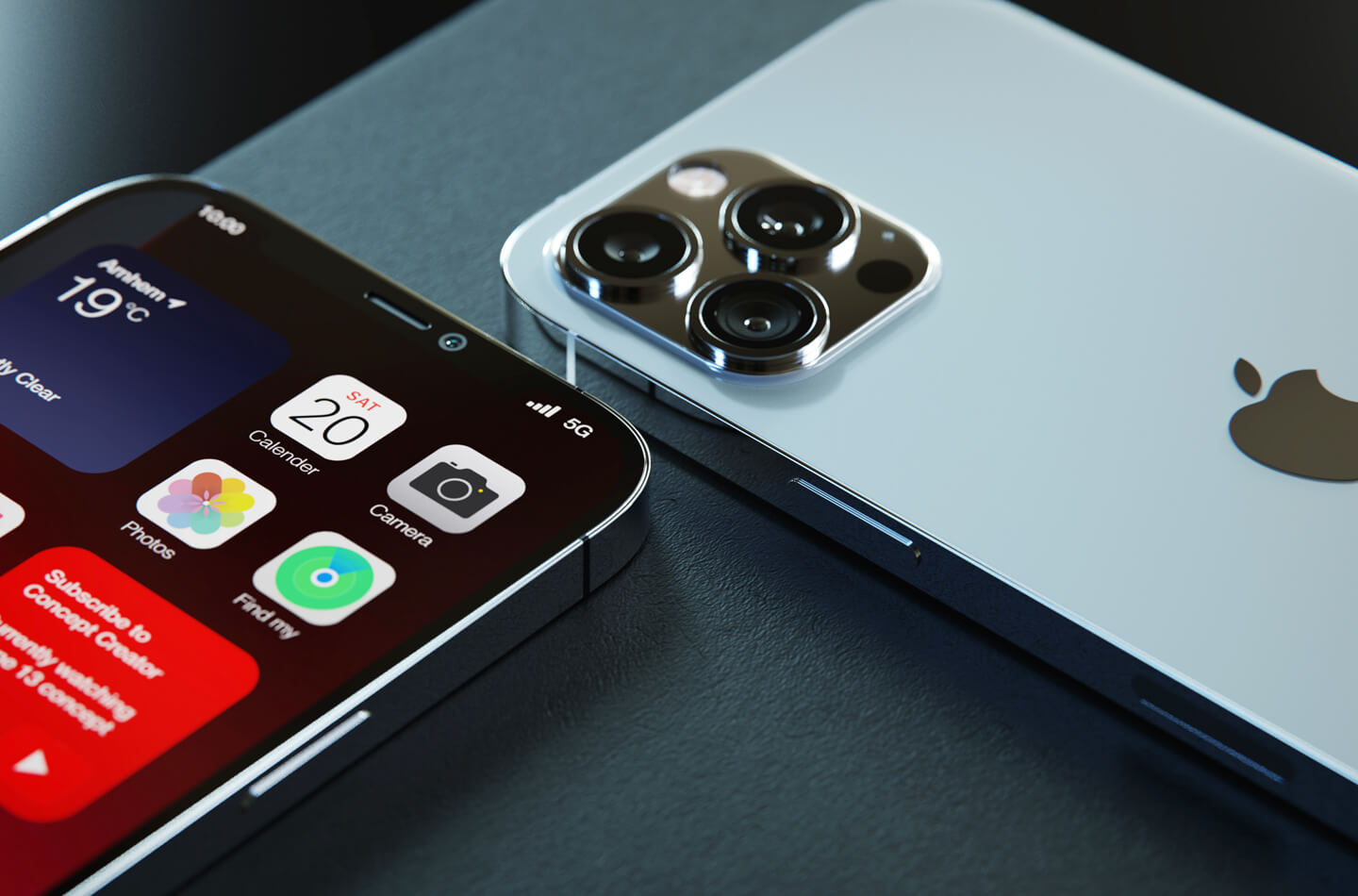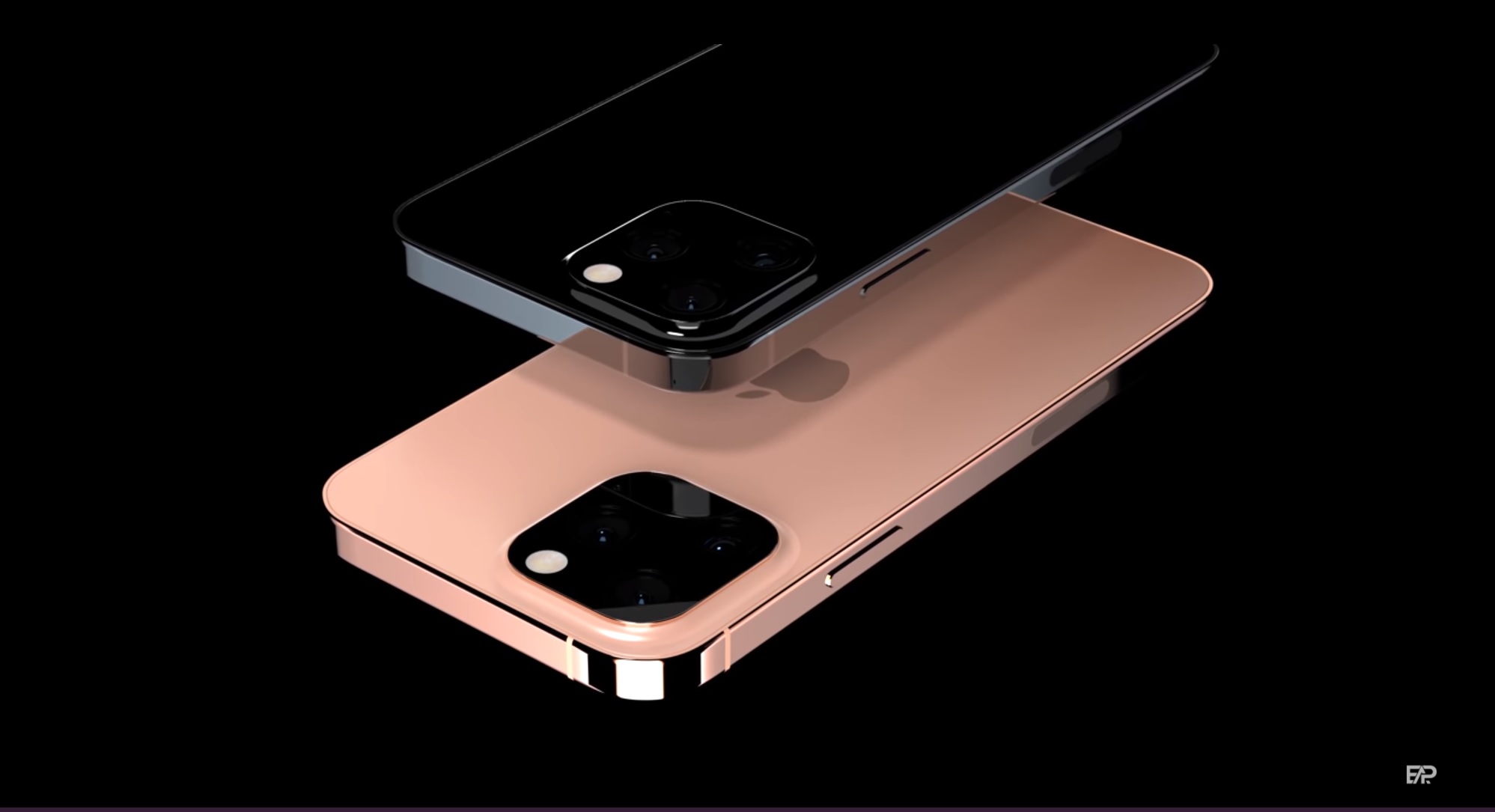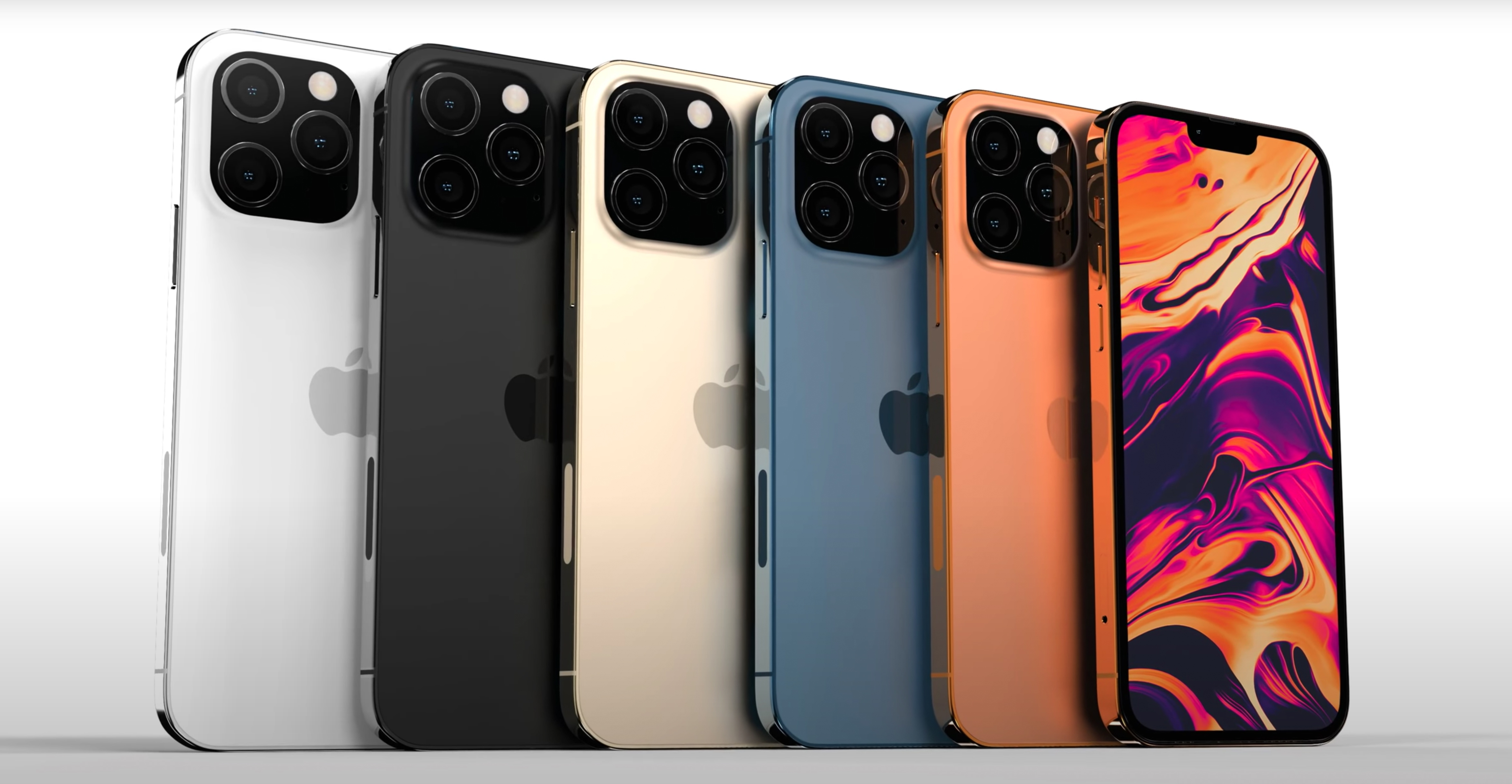This iPhone 13 feature better not be ‘Pro’ only
Apple should put 120hz displays on all four iPhone 13 models this fall

I’m not a betting man, but if I was, I’d place a substantial amount of money on the iPhone 13 having a display with a 120Hz refresh rate. Apple’s next phone needs that feature to keep up with Android flagships like the Samsung Galaxy S21 and OnePlus 9 Pro, which already offer that capability. And thanks to LTPO panels, the technology is mature enough for Apple to embrace it in a way that won’t suck up iPhone battery life.
But there’s a catch. Some iPhone 13 rumors I’ve heard thus far have Apple tipped to only use a 120Hz display on the iPhone 13 Pro handsets. Not only would this keep the standard iPhone 13 lagging behind Android rivals, but it would also cause a bigger fork within the iPhone family between the two Pro versions and the standard and mini models. And I think that could be the death of the whole iPhone ethos.
- The best iPhones you can buy today
- This is the one thing I want from the iPhone 13
- Plus: iPhone 13 Pro could come in new matte black color
For the past few iPhone generations, we’ve had two or more models to choose from. These started out as standard and Plus models, split into Pro and Pro Max models with the iPhone 11, and expanded into the iPhone 12 mini, iPhone 12, iPhone 12 Pro, and iPhone 12 Pro Max in the latest batch of Apple phones.
But aside from minor differences in screen, battery and handset sizes, the only notable differences between the "Pro" phones and their standard brethren were the cameras. The past two generations have seen the Pro phones come with an extra telephoto rear camera, and sensor-shift technology in the case of the 12 Pro Max. But otherwise core design, performance and other capabilities were basically the same, as our iPhone 12 vs. iPhone 12 Pro comparison indicates.
That means if you’re a iPhone 12 user, you won’t feel inferior to an iPhone 12 Pro user, unless you really care about telephoto photography. While I have my issues with iPhones, the fact that the latest flagships offer a uniformly excellent experience, means it’s easy to recommend standard or Pro versions.
To Pro or not to Pro

But if Apple decides to only give the iPhone 13 Pro and 13 Pro Max a 120Hz LTPO display, then the division between the standard and Pro handsets become about a lot more than just camera differences. That could create a fork in the iPhone 13 range that makes it a lot harder to decide what phone to get, which to my mind eats into the whole idea of simplicity and general uniformity the iPhone experience.
I’ve already written that a 120Hz refresh rate will be a major upgrade the iPhone 13 needs to get me interested in buying Apple's next phone. Having used Android phones with a 120Hz refresh rate for a while now, notably the stellar Oppo Find X3 Pro, a faster-refreshing screen really does make using a phone feel faster, slicker and just more enjoyable. Coupling that with the optimized and smooth performance of iOS and the iPhone 13 could give Apple phone fans a serious upgrade.
Sign up to get the BEST of Tom's Guide direct to your inbox.
Get instant access to breaking news, the hottest reviews, great deals and helpful tips.
Given midrange phones now have access to high refresh rate displays, 120Hz is now what I’d consider to be a must-have feature for flagship phones in 2021; it's no longer a so-called premium feature like it was last year. And 120Hz is something every next-gen iPhone user should be able to enjoy.
Why would Apple not put 120Hz displays in all its future iPhones? Well, a cynical answer would be greed — keeping a high refresh rate for the Pro models would force people to cough up more cash to get the best iPhone 13 experience.
But a less acerbic answer would be that 120Hz panels can suck down a lot of power, even with LTPO panels. So the standard iPhone 13 could be kept as a handset for people who want an iPhone that’ll last a lot longer on a single charge. The size constraints of the iPhone 13 mini may also make it difficult using a big enough battery to power a fast-refreshing display as well.
Apple, don’t fork it up

Choice may be a fine thing, but if you want that, Android has you covered. I see Apple’s tight control over its hardware and software has helped keep the whole experience of using an iPhone feel so clear, intuitive and easy to adopt.
Look at the iPhone ecosystem. There are only really half-a-dozen iPhone models you can buy on the Apple store: the iPhone 12 Pro models; iPhone 12 or iPhone 12 mini (essentially the same, save for screen size); the iPhone SE for those on a budget; and the iPhone 11 and iPhone XR if you don't need a newer model. While the older phones do have different camera setups, on the whole they still offer a fairly even iOS experience across the board; you’re still going to get the latest version of iOS 14, solid performance and impressive main camera photography.
Compare that to the latest range of phones from Samsung, OnePlus, Xiaomi and others, and you need to to sit down with a pen and paper and a strong drink to simply figure out the differences between phones of the same family. It’s a pain in the face of the simple focus of the iPhone family.
But if Apple cooks up 120Hz and 60Hz iPhone 13 models then the standard iPhone 13 would basically be a mid-range phone sitting in what’s traditionally a flagship family. So the clear waters of the iPhone ocean could get muddied further. And that’s a very bad thing for the whole simple ethos of knowing what you’ll get when you buy a modern iPhone.
I really hope the folks at Cupertino draw inspiration from the Galaxy S21 range and have 120Hz displays as standard across all models, especially as it would make it more compelling for iOS developers to make apps that work with high refresh rates.
I have faith that Apple will have enough respect for its users to not try and push a next-gen iPhone with a 60Hz display in a market where high refresh rates are common, even if the move might sell a lot of handsets.
Given how there are strange disparities between the specs and ports of the iMac 2021 models and the displays on the 12.9-inch iPad Pro 2021 and its 11-inch sibling, my belief might be a little misplaced. I’m sure to find out come the fall when the iPhone 13 is expected to make its debut.
Roland Moore-Colyer a Managing Editor at Tom’s Guide with a focus on news, features and opinion articles. He often writes about gaming, phones, laptops and other bits of hardware; he’s also got an interest in cars. When not at his desk Roland can be found wandering around London, often with a look of curiosity on his face.

